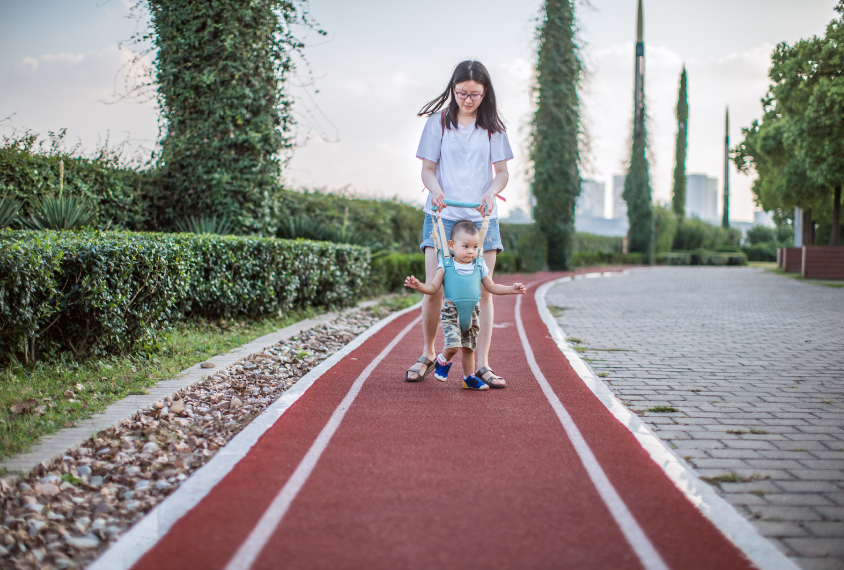
Rare autism mutations linked to distinct sets of features
Children who carry certain rare mutations linked to autism learn to walk late — but have less severe social and language difficulties than do other children with the condition.
Children who carry certain rare mutations linked to autism learn to walk late — but have less severe social and language difficulties than do other children with the condition1.
The findings point to a distinct behavioral profile in children who have autism that may arise from rare de novo or non-inherited mutations. They also suggest that mutations in key autism genes disrupt brain development overall. “These are not simple, pure autism genes,” says study investigator Stephan Sanders, assistant professor of psychiatry at the University of California, San Francisco.
The study also highlights the importance of controlling for variables, such as age, sex and intelligence, that can influence behavior: The researchers identified the behavioral patterns only after this step.
“These profiles were only discernable after we matched [the children] for things that we know affect phenotypic measures so drastically,” says lead investigator Somer Bishop, assistant professor of psychology and psychiatry at the University of California, San Francisco.
Children with autism who carry de novo mutations in genes strongly tied to the condition tend to be female and to have low intelligence quotients (IQ). Bishop and her colleagues wondered whether children with these mutations have other distinct characteristics.
The researchers examined data from 224 children of similar age, sex and nonverbal IQ in the Simons Simplex Collection, a repository of information from more than 2,600 families that have one child with autism. (This database is funded by the Simons Foundation, Spectrum’s parent organization.) The data include measures of autism features, such as social communication difficulties and repetitive behaviors, as well as cognitive, language and motor skills. Half the children in the study have de novo mutations in key autism genes. All of the children in the study have lower cognitive abilities and more severe autism features than the other children in the database.
General impact:
The researchers found that the children with de novo mutations learn to walk about two months later, on average, than children who do not have those mutations. But they have better language skills, and their parents rate them as having less severe social difficulties.
“They look less prototypically autistic than the kids without the de novo mutations,” says Bishop.
The two groups of children performed similarly on a test of fine motor skills and achieved similar ratings from parents on their ability to perform daily tasks. They also did not differ in the severity of their restricted interests and repetitive behaviors.
The findings suggest that children with de novo mutations have a muted profile of autism features relative to their peers who lack the mutations.
“That speaks to the idea that many of these single-gene mutations really might be having a general impact on intellectual and other functioning more broadly,” says Raphael Bernier, associate professor of psychiatry at the University of Washington in Seattle, who was not involved in the study. “We might think about some of the core autism features as being driven by other mechanisms.”
Focusing on mutations in genes with similar functions might reveal additional differences between the two groups, says Santhosh Girirajan, assistant professor of biochemistry and molecular biology at Pennsylvania State University, who was not involved in the study.
Bishop says her team would eventually like to divide the de novo group by gene function. She also plans to follow children with de novo mutations over time to assess whether their trajectories differ from those of other children with autism.
References:
- Bishop S.L. et al. Am. J. Psychiatry Epub ahead of print (2017) PubMed
Recommended reading

Too much or too little brain synchrony may underlie autism subtypes

Developmental delay patterns differ with diagnosis; and more

Split gene therapy delivers promise in mice modeling Dravet syndrome
Explore more from The Transmitter

During decision-making, brain shows multiple distinct subtypes of activity

Basic pain research ‘is not working’: Q&A with Steven Prescott and Stéphanie Ratté
